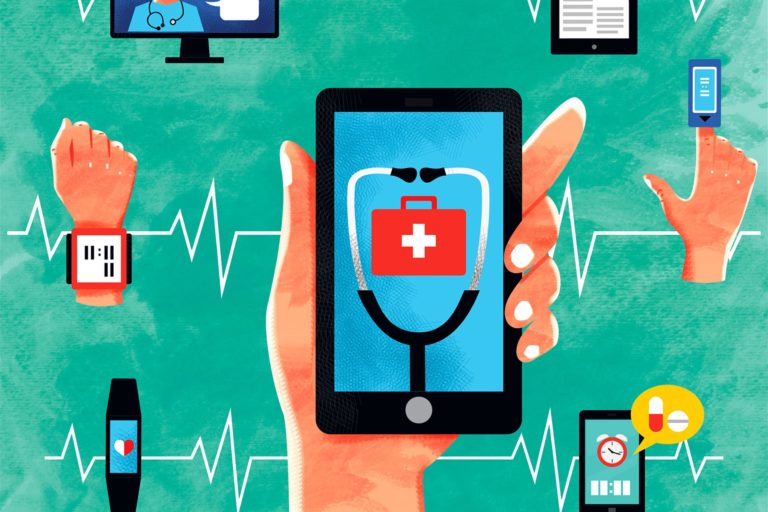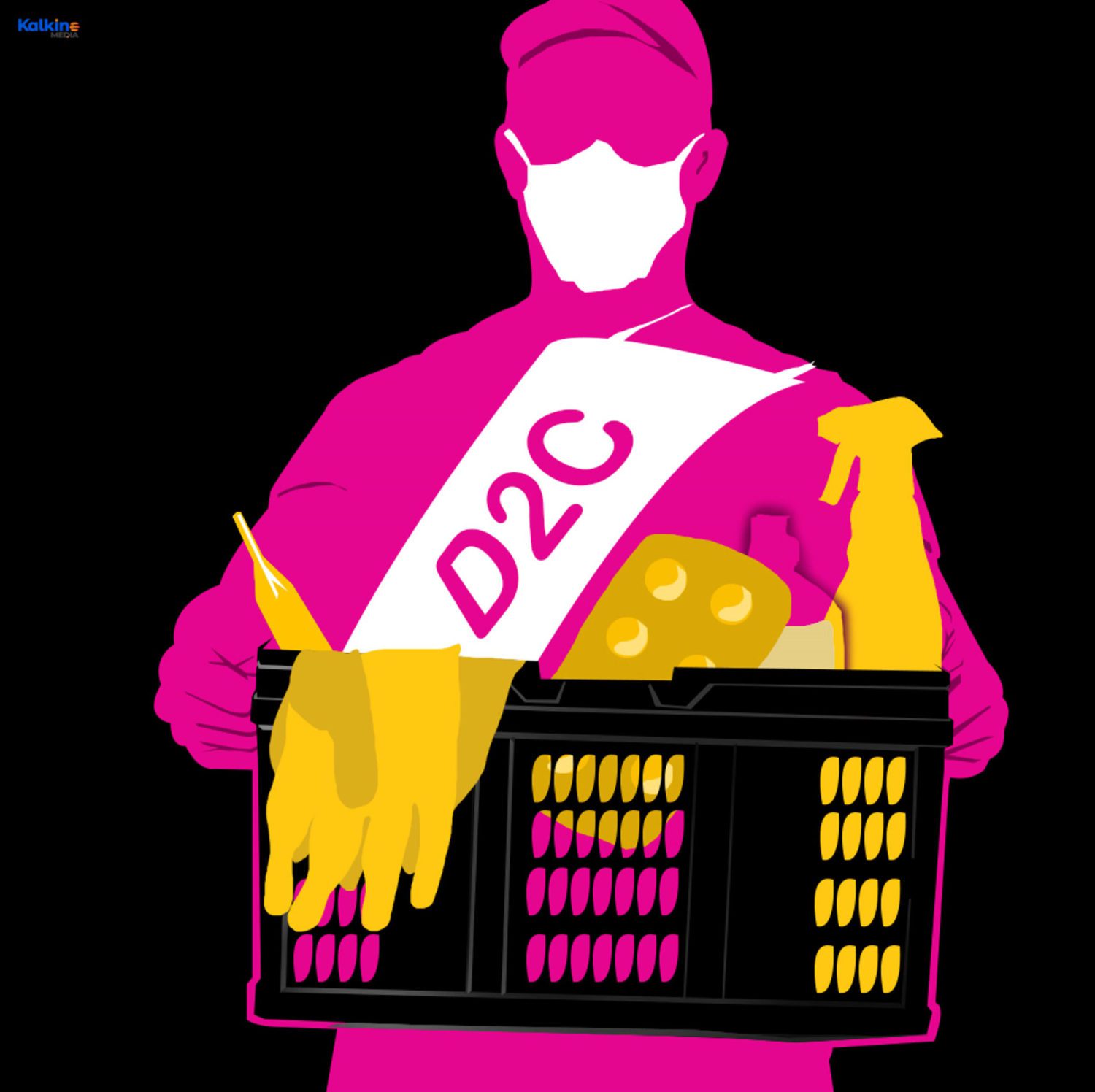HEALTHCARE
Three trends driving the growth of healthcare e-commerce in post-COVID-19 era

WORDS: Mr. Kunal Sawhney , CEO , Kalkine Group PHOTOGRAPHY Kalkine Media
Availing healthcare in times of COVID-19 has been challenging to say the least. The pandemic gripped healthcare sectors across nations while disrupting the current flow of operations. This disruption brought many new changes into the system, which allowed for accessibility of healthcare services through different mediums among the masses.
An evident outcome of pandemic-driven restrictions has been the digitisation of businesses, including a shift to online purchase and sale of medications. Over the last one and a half years, healthcare e-commerce has quickly sprawled across the nation amid the closure of several physical stores. Meanwhile, e-commerce helped keep the Australian healthcare industry buoyant during the pandemic, which employs a large proportion of the population (˃1.8 million in 2021).
As we look ahead into 2022, refining the e-commerce segment of the healthcare industry seems imperative to lay the foundation of any upcoming development in the sector. Against this backdrop, let us discuss some potential trends that can help advance the e-commerce segment further within the healthcare industry.
GOOD READ: Australian healthcare startup Harrison.ai raises A$129M
Going the D2C way
As widely seen across various industries, the direct-to-consumer (D2C) model has fared extremely well during the pandemic. For the uninitiated, the D2C model allows healthcare institutions to sell their products directly to their target audience without the involvement of third-party entities for retailing their products/services. With a higher retention rate, such models help to provide a better insight into the customers’ needs.
In fact, several healthcare companies embraced the D2C approach during the lockdowns to reach out to as many clients as possible. The subscription services as a D2C strategy were primarily used across this industry domain to encourage online retailing during the pandemic.
While dealing with a deadly virus for over a year now, individuals have grown extra cautious about their choices and healthcare needs. Individuals are actively engaging in the consumption of vitamin supplements that help boost immunity and are actively opting for check-ups. Amid this backdrop, one can expect mobile-based healthcare applications and other e-commerce platforms to turn out to be a handy solution for the period to come.
Easily accessible care
While a shift to digital healthcare was not encouraged out of the need for convenience, it has enlightened clients about the ease of access provided by the medium. Promoting online care in a typical environment could have been a rigorous task, as many individuals are usually hesitant in choosing unconventional methods when it comes to their health.
However, when circumstances mandated a shift to online media to avail healthcare services, individuals quickly adapted. A signifcant factor prompting this smooth shift was the greater accessibility provided by the e-commerce platforms. At times when physical restrictions were in place, e-commerce platforms saved individuals from the hassle of visiting pharmacies to obtain their medication.
The momentum gained by these digital platforms is expected to push into the post-COVID era amid the improved customer experience provided by them. Some e-commerce platforms might go beyond the necessities and offer services such as check-ups and real-time support.
Tie-ups with familiar brands
Healthcare providers can also consider tying up with big retailers to reach a large audience in the post-COVID era. Such big retailers could include home delivery apps, already popular among the public, which could be a great medium for reaching out to potential consumers in need of healthcare products.
It could lead to major cost savings for healthcare companies while eliminating the need to develop their own applications and deploy additional teams. For consumers, it would ensure ease of medicines and health supplies through a familiar medium.
Healthcare and drug companies can also target large retailers, like online grocery suppliers or other diverse platforms like Amazon. This also saves their cost of advertisements while bringing them under a larger banner that already has a vast audience.
For e-commerce to thrive in the healthcare realm, the segment would have to be prepped with the proper arrangements in place. This is because retailing healthcare products in a digital environment could sometimes become riskier. Thus, with appropriate conditions in check, the healthcare industry can take these trends ahead and expand further.
GOOD READ: Omicron’s spread: How severely can it impact global recovery?












